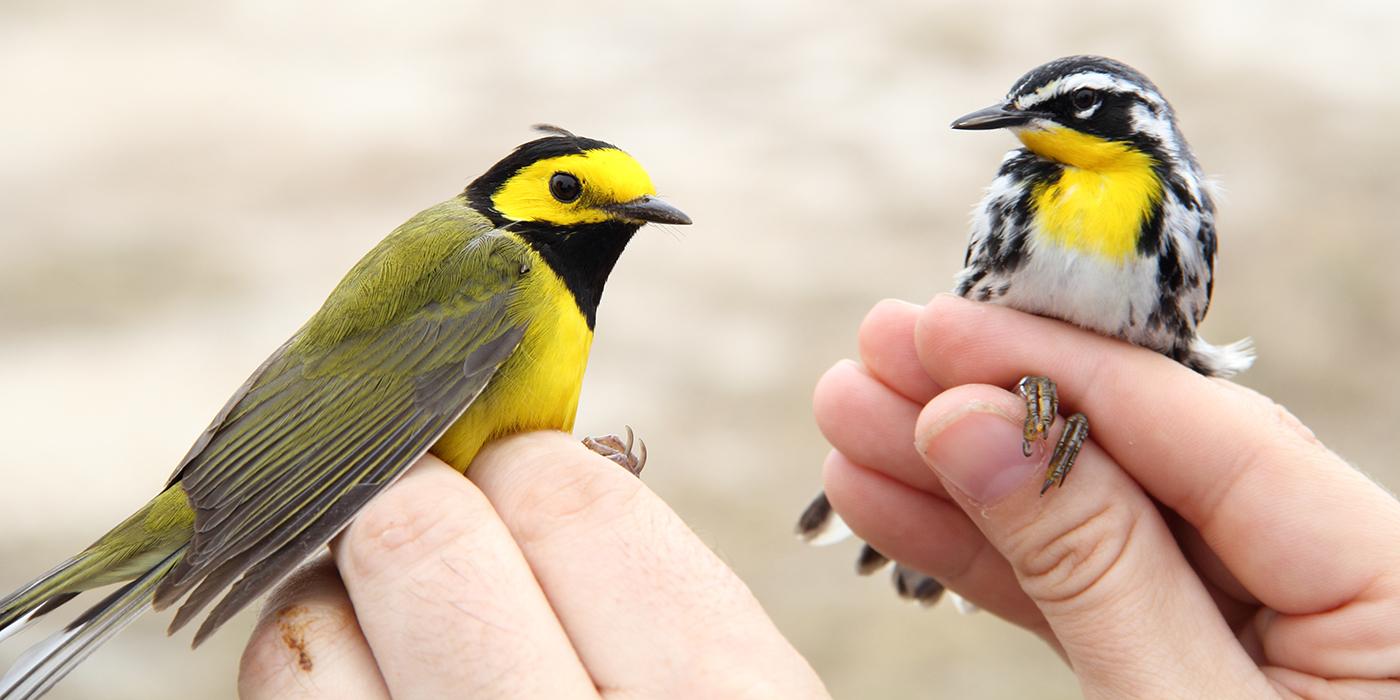Stopover Habitat Along the Gulf of Mexico
Smithsonian Migratory Bird Center scientists use on-the-ground field work and advancing technologies to study migratory birds during their travels through the Gulf of Mexico region.
Habitats along the U.S. coast of the Gulf of Mexico provide critical resources for North America's migratory birds. The majority of the birds that breed in North America travel across the Gulf of Mexico every spring and fall, as they migrate between temperate breeding grounds in North America and wintering grounds in the southern U.S., Caribbean, and Central and South America.
During these biannual journeys, migratory birds congregate in the barrier islands, beaches, marshes, forests and airspace habitats around the U.S. coast of the Gulf of Mexico, from southern Texas to the Florida Keys. These coastal habitats comprise some of the most important wintering, resting and refueling areas for North America's migratory birds.
Long-term migration banding measures the timing and condition of migratory birds as the travel between continents. Researchers also observe the species that migrating birds carry with them and, so far, have discovered that migratory birds are moving an unprecedented number of Neotropical ticks into the U.S. every spring.
SMBC scientists are also using stable isotopes in tissues collected from migrating birds to map the distributions of breeding populations during migration through the Gulf Coast. In a new ongoing study, scientists are using data collected by the national weather radars to map the distributions of migrating birds—both on land and in the air—during spring and fall migrations around the entire coast of the Gulf of Mexico, from the Florida Keys to Brownsville, Texas.
Education and Outreach
Through the course of this work, hundreds of local students have also been exposed to the wonders of intercontinental bird migration. Every spring, local elementary and high school students visit researchers in the field to learn about bird migration, research and the Gulf Coast ecosystem. Learn more about this program on the Texas Gulf School Outreach page.
This research is supported by funding from the Southern Company, through their partnership with the National Fish and Wildlife Foundation and ConocoPhillips Global Signature Program. This work also receives generous logistical support from The Nature Conservancy’s Clive Runnells Family Mad Island Marsh Preserve.













